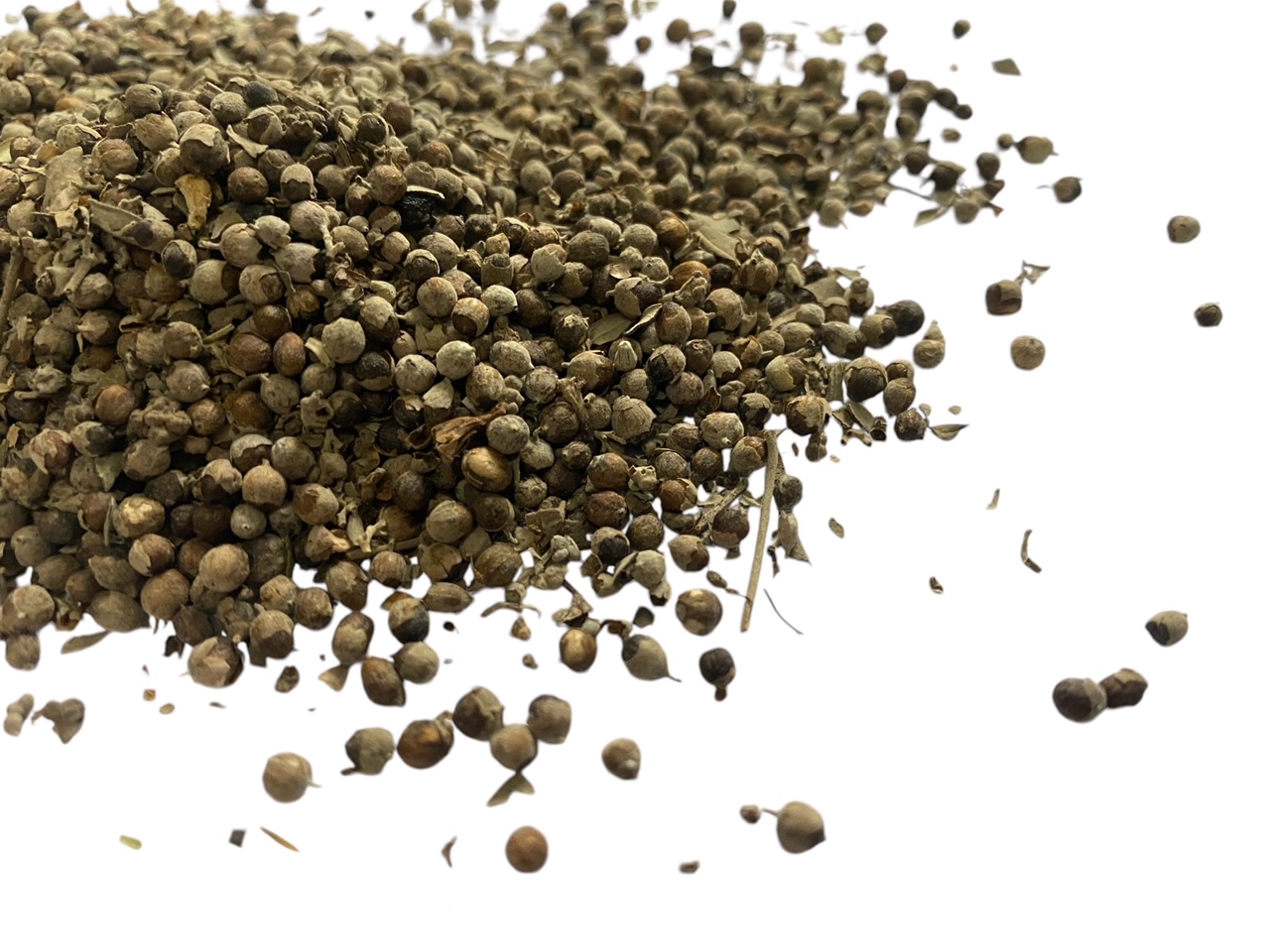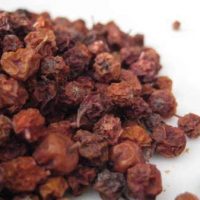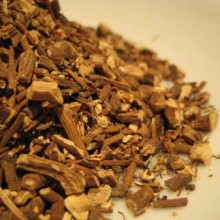History and Constituents of Red Cinchona Bark:-
The name of the genus is due to Carolus (Carl) Linnaeus, who named the tree in 1742 after a Countess of Chinchon, the wife of a viceroy of Peru, who, in 1638, was introduced by natives to the medicinal properties of the bark. Stories of the medicinal properties of this bark, however, are perhaps noted in journals as far back as the 1560s-1570s.
The bark of the cinchona tree produces several alkaloids. The most important of which is quinine and has certain febrifuge properties and has been used in the treatment of Malaria for centuries.
The medicinally active bark, which is stripped from the tree, dried and sometimes powdered, includes other alkaloids that are closely related to quinine but react differently in treating malaria.
Some alkaloids of the Red Cinchona bark are not soluble in water, but soluble in wine, therefore wine has been used to make an infusion of the bark for ingestion. In modern times we tend to use a tincture which is a concentrated decoction of the bark in alcohol.
The plants are cultivated in their native South America, and also in other tropical regions, notably in India and Java nowdays but this product is from Peru where the tree is indiginous and still farmed or collected from the wild using sustainable methods.






